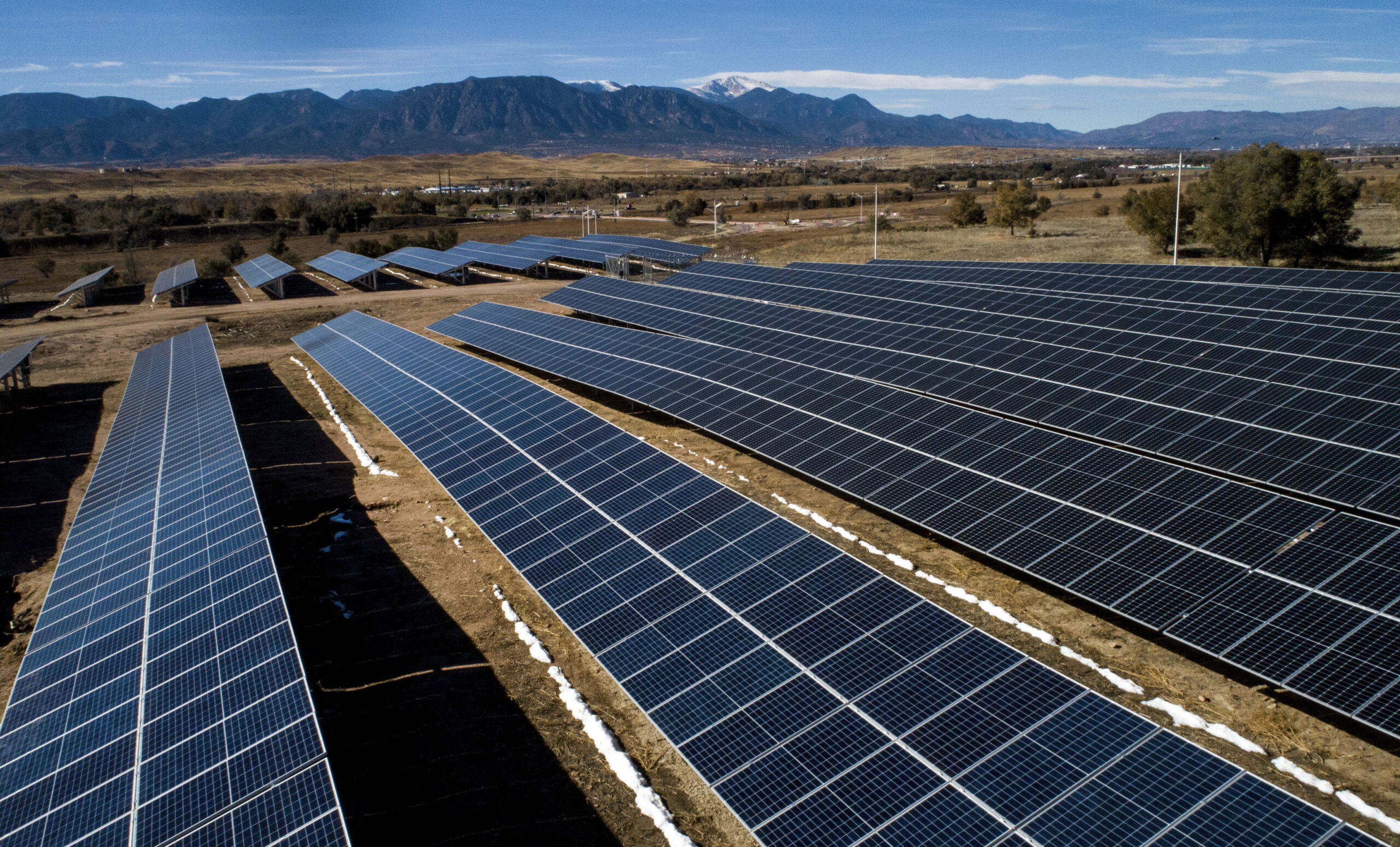

In California, there are 47 gigawatts of solar power installed atop rooftops, equaling out to over a quarter of the state’s energy. However, during the middle of sunny spring days, the energy produced exceeds demand, meaning prices for electricity will go negative, and solar power is thrown away.
Solar energy waste is most prevalent in the spring when there is less need for heating and cooling. Use is high in the morning and evening but drastically reduces during the day. Therefore, the National Renewable Energy Laboratory found that with a high demand of solar power on an electricity grid, the netload of renewable energy takes on a “U” shape. However, even when demand is low, solar panels continue to absorb energy that goes to waste. In 2022, the state wasted 2.4 million megawatt-hours of electricity, and 95% of that was solar. Throwing away free power raises electricity prices.
As a result, the state is slowing down on installments and cutting back its incentives for residents. Energy company Wood Mackenzie predicted that installations would fall by 40% in 2024.
“Under the CPUC’s leadership, California is responsible for the largest loss of solar jobs in our nation’s history,” Bernadette del Chiaro, the executive director of the California Solar and Storage Association, said in a statement referring to California’s public utility commission.
Residents used to be paid by the state for exporting energy to the grid, known as “net-metering,” and would receive 20 cents to 30 cents for each kilowatt-hour of electricity sent to the grid, but now, the rules have changed. Homeowners will receive money based on what the solar power electricity is actually worth to the grid.
In the spring, payouts tip toward zero, but homeowners can get more money if they install batteries to store power for evening and morning use. California’s grid operator, the California Independent System Operator, is also planning to sell power to nearby states and utilize transmission lines that can carry electricity to nearby regions. However, in some regions, there aren’t power lines to carry a sudden burst of solar.
CLICK HERE TO READ MORE FROM THE WASHINGTON EXAMINER
Other states, such as Nevada and Hawaii, are beginning to see similar problems.
Meanwhile, the Biden administration has announced $7 billion in grants to install rooftop solar for 900,000 low-income households.







